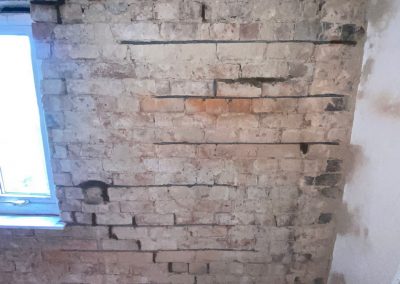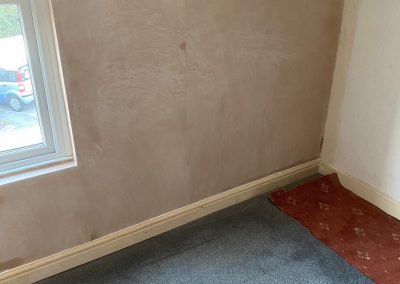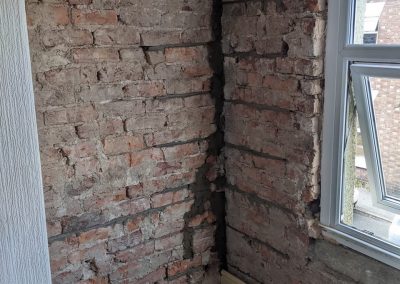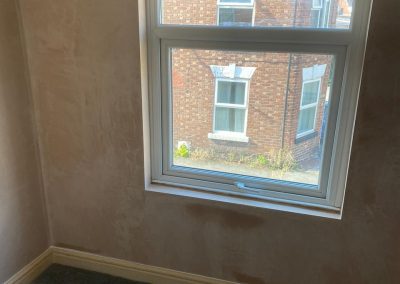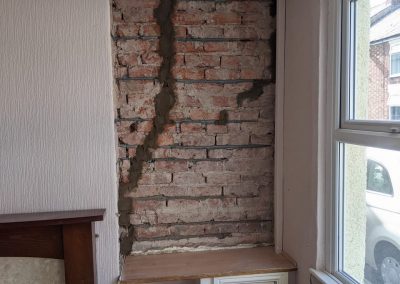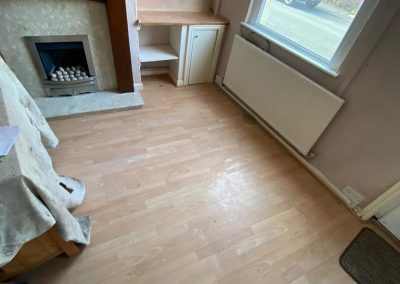What Is Crack Stitching?
Crack stitching, as the name implies, is the masonry repair of cracks which appear in walls. It is an effective means of repairing wall deterioration and is widely utilised. Wall deterioration in the form of cracks can occur due to a variety of varied factors and is a widespread problem for many property owners. While a widespread problem, the solution of structural cracks is a phenomenally successful and permanent one due to crack stitching!
How To Identify Cracks?
As part of an effective upkeep and maintenance of a property, it is essential for a build’s structure to be analysed for structural cracks as these can easily go unnoticed. In fact, building and facility managers should be surveying their builds on a regular basis, especially in summer months as temperatures rise. You will need crack stitching if you have identified that there are cracks in the masonry of your property and in its mortar bed joints. Cracks are not particularly difficult to identify. Cracks can vary in size and appear in a sudden manner, particularly during summer months. In addition, bowing or bulging walls are a strong indicator that cracks are about to appear.
Discovered Cracks in Your Building?
If you have identified cracks on the wall of your property, the first thing to do is identify the cause of the crack. The cause of structural cracks can be hard to understand and will require expert advice from specialist surveyors and/or structural engineers. Once a specialist has been on site and conducted a comprehensive report concluding the cause of your cracks, it is important the recommended solution, often crack stitching, be put into place through cautious and careful means. Crack stitching is an easy and effective solution to structural cracks, however, if it is not done up to acceptable and necessary standards it can end up doing more damage than good to your property’s walls.
How To Repair Structural Cracks?
Crack stitching involves the retrofitting of crack stitching bars which are then grouted across the cracks in the wall as a means to reconnect them and bring the masonry back to full health. Firstly, two deep chases are created in the mortar as required to make a gap in the bed joint. Secondly, the deep chases are cleaned to remove any existing debris within the area under question. A bead of grout is then injected into the mortar for a high grade stainless helical bar to them be cut down to the appropriate size and placed in the bed joint. The bars are firmly pressed into the grout and a second bead of grout is applied on top. Once all these steps have been successfully conducted, the crack is then concealed using mortar to maintain the previous style of the build.
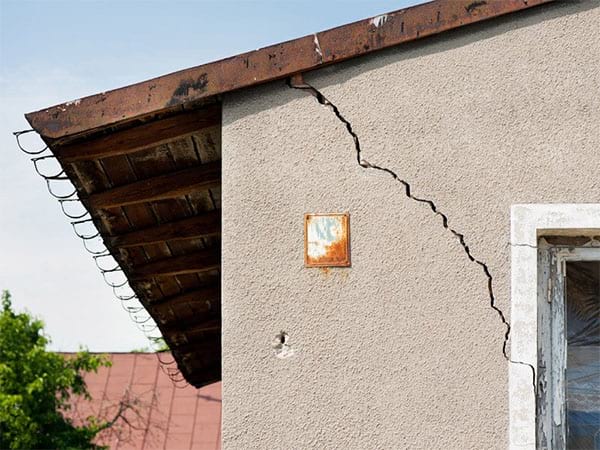
What Causes Structural Cracks?
Cracks in walls appear due to a number of varied reasons, however, common factors include seasonal changes, water damage, trees in close proximity, soil instability and inadequate home settling. Seasonal changes, for example, are a common cause of structural cracks given how elevated temperatures often cause materials to expand. As temperatures the cool down during colder months these same materials are likely to contract. All of these changes in temperature are not the best for the walls of your property. In the same vein, rising temperatures also cause subsidence which is a further cause of structural cracks.
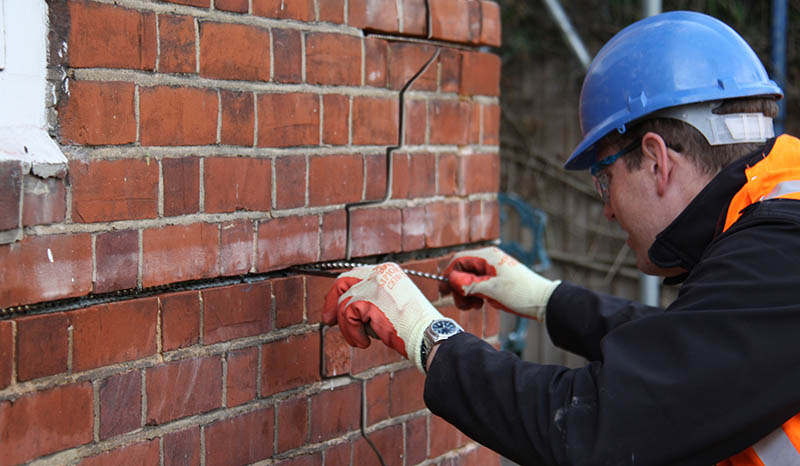
How Serious Are Structural Cracks?
Cracks on a build’s masonry is not by any means an issue regarding the appearance of a wall. While repairing these cracks will enhance the kerb appeal of a property, structural cracks are in fact an indication that a building has suffered from disruption or damage. In fact, more often than not this disruption is likely to have compromised the structural integrity of the property, which if not addressed could result in further and severe damage. Specialist help should thus be sought out as soon as possible so that your build can be assessed and repaired back to its desired health. Acting in a fast way to address structural problems of this nature is in fact likely to be more cost effective in the long term by preventing any further severe damage.
Will Cracks Devalue My House?
Cracks can be quite severe if left untreated given that they hold the ability to compromise the structural integrity of a build. It is therefore not surprising that wall cracks are able to devalue a house being surveyed. Structural issues with a build are able to devalue a property by approximately 20% – quite a considerable amount. It is important for buyers to understand whether a property has a history of certain damage such as structural cracks. However, if wall cracks are appropriately and effectively remedied, a property should have less issues regarding its value and ease of being sold.
What Are the Benefits of Crack Stitching?
There are many benefits when it comes to crack stitching as a method to repair cracks found on a build. One of these benefits is that crack stitching is invisible once it has been installed and is able to increase the kerb appeal of a property and restore it back to its original aesthetic design. It is also a process which offers minimum disruption, as well as a permanent and amazingly effective solution. Crack stitching hold the potential to offer an effective solution even in weak materials and once installed provides flexibility to the mortar. Lastly, it is a method which is versatile in its applications meaning it is able to be designed for certain jobs specifically. In all, compared to previous methods, crack stitching is a phenomenally successful, resilient, and cost-effective solution.
How To Prevent Structural Cracks?
Structural cracks, while a common occurrence, can be quite difficult to prevent or avoid given they are a natural part of a wall’s life cycle. However, there are two main ways which property owners can potentially avoid this form of damage and that is by addressing the cause of the cracks. This is done by either minimizing any movement or by accommodating movement.
Minimizing movement can be done by understanding what type of foundation your structure is built on, and its surrounding elements, and taking the necessary precautions to make sure the soil and any external elements are well taken care of and tended to so as to not disrupt the property’s foundation. Accommodating movement, on the other hand, is a preventative measure put in place as a property is being built and requires a system of movement joints to be placed between materials to allow for some give in the brickwork.
The process is as follows:
1. Drilling a stainless steel self-cutting bar through a pilot hole drilled into the wall from outside which then self-taps into the floor joists where these runs parallel with the wall.
2. If the joists bear into the wall then additional timber cross members are screwed and fixed between the floor joist to function as the anchor point for the restraint bar.
3. The stainless-steel bar is then resin bonded into the external brickwork. This is usually quite a non-invasive method of installing lateral restraints as most of the work can be conducted from the outside with only floorboards needed to be lifted internally to ensure the restraint bars are directed into the joists/anchor points.
Structural Cracks -Flintshire
Structural Cracks -Chester
Structural Cracks – Wrexham
Structural Cracks- North Wales
Structural Cracks – Wirral
Structural Cracks – Deeside
Structural Cracks -Ellesmere port
Structural Cracks – Ruthin
Structural Cracks -Cheshire
Structural Cracks -Conwy
Structural Cracks – Denbighshire


